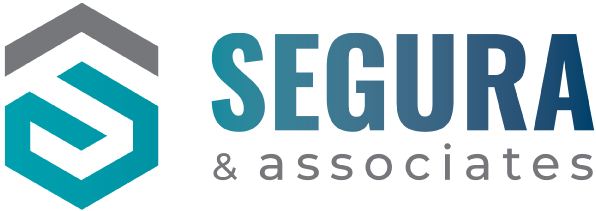Many building managers and contract cleaners have just started getting accustomed to using cloud services. Well, cloud services are old news. Today, what managers and contractors need to start becoming more familiar with is something called Blockchain.
Blockchain is still in its infancy but growing fast. Entrepreneurs are hard at work expanding the use of Blockchain so it can be used in many different industries. Further, investors are right behind them, putting a lot of money into Blockchain-related software companies.
Today, around the world there are more than 300 different companies developing add-on services to help make Blockchain more powerful and more useful. These investments and this many developers tell us Blockchain has a secure future.
What is it?
Blockchain is an incorruptible and irreversible real-time ledger of records and transactions. It can be shared with anyone that has been given access to it and those that have access can add relevant information to it.
These points help us get a better grasp of Blockchain’s underlying concepts:
• The essential element of a Blockchain system is a ledger. A ledger, similar to a spreadsheet, keeps track of transactions, but in this case, among many different parties all at the same time. These parties are referred to as the Blockchains “peer-to-peer network.”
• Because all the ledgers are interconnected, any transaction posted on one ledger will appear simultaneously on all ledgers shared among the group at the same time.
• As mentioned earlier, a Blockchain includes information that is incorruptible and irreversible. By this we mean, all transactions are locked in. They cannot be altered by anyone in the peer-to-peer network.
• Finally, Blockchains offer what is called “programmability.” Usually, this refers to the add-on software programs that will be able to, for instance, project income, expenses, construction costs, and more.
When Was it Invented?
Blockchain was developed after the economic crash of 2008. For about a year after the crash, banks around the world were concerned about depositing or loaning other banks large sums of money, amounting to millions of dollars and euros, even if just for day. This is a practice they have followed for years without concern.
Those funds were then electronically transferred to another bank or financial institution or used for one or a variety of purposes. By using a blockchain system, every movement in the chain of events was recorded and everyone knew exactly where the funds were at any given time. This helped alleviate some of the fear, concerns, and apprehension the financial institutions felt, allowing banks to work together more effectively. It was key to helping get the world’s economy back on its feet.
How Can it Help Managers and Contractors?
The best way to understand how Blockchain can work is to see it in action. Let’s assume the following:
• A member of a facility management team puts together a spreadsheet of projected income and expenses for a large office building.
• The spreadsheet is then sent to a second person who reviews the document and makes changes.
• The first person now has the changed spreadsheet, updates the ledger, and forwards it to a third person.
• The third person makes changes and once again, it is returned to the first person, who must share the updates with the second person, and now send it back to the third person, who, after reviewing it, sends it to a fourth person.
This can continue until the final person in the management company has had a chance to review the ledger. However, at this point, no one may know who revised what, what the revisions were, or what the original document included. Further, the entire process took a considerable amount of time.
Using a Blockchain, all changes are made instantly for all in the peer-to-peer group to see at the same time. There is no transferring of the document back and forth. If and when changes are made, everyone knows who changed what. Ultimately, the result is enhanced workflow, reducing the amount of time it takes to complete the entire review process.
Both managers and contractors will find many uses for Blockchain. Contractors are already using Blockchain or similar systems to follow up on service requests, for instance, ensuring a record of when the requests were made, their findings of the situation, who on the team addressed them and how they were addressed. It offers a level of transparency we have never had before, which should help organizations, including those in facility management and jansan, operate more efficiently and effectively.
Ron Segura is president of Segura Associates. His company works with building managers as well as large and small contractors, helping them build their businesses and streamline business operations so that they can reduce costs and operate more profitably. He can be reached through his company website at seguraassociates@msn.com

